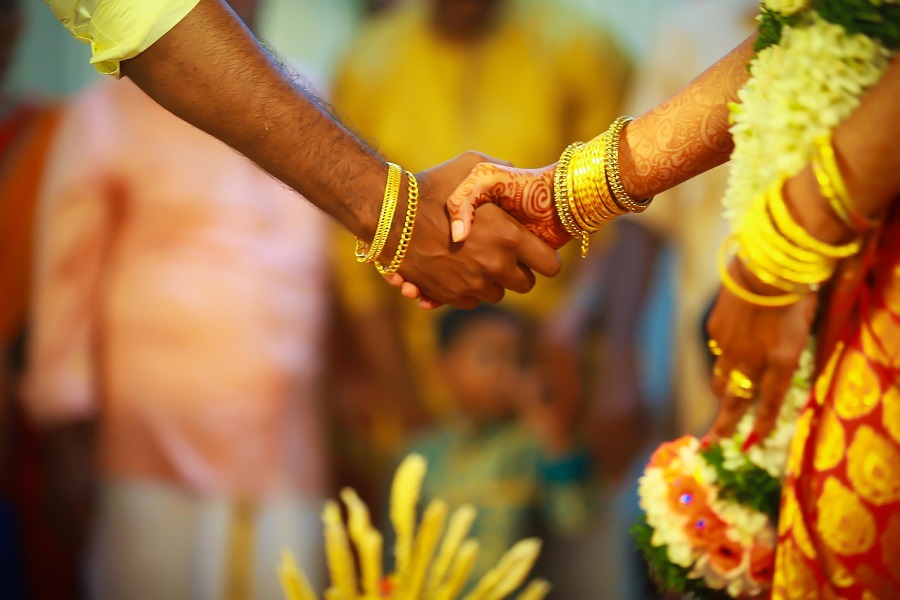
Follow us Now on Telegram ! Get daily 10 - 12 Interesting Updates. Join our Telegram Channel https://t.me/OhWomen
Download Telegram App before Joining the Channel
India is a land of rich traditions and vibrant celebrations—and nothing showcases this better than an Indian wedding. While every Indian wedding is a joyous celebration of love, family, and rituals, the differences between South Indian and North Indian weddings are striking and fascinating. From attire and customs to music and food, each region brings its own unique flair to the celebration.
Let’s explore the key cultural differences between South Indian and North Indian weddings.
Ceremony & Rituals
South Indian Weddings
Timings: Often held in the morning hours, considered auspicious.
Rituals: Include Kashi Yatra, Kanyadaanam, Mangalsutra tying, and Saptapadi (7 steps).
Priests chant Vedic hymns in Sanskrit, and the rituals are deeply rooted in ancient customs.
North Indian Weddings
Timings: Most ceremonies take place in the evening or at night, with baraat and pheras being late-night affairs.
Rituals: Include Haldi, Mehendi, Sangeet, Jaimala (garland exchange), and Saat Phere.
The ceremony is more musical, with emphasis on dhol, DJ, and dance celebrations.
Bridal & Groom Attire
South Indian Bride
Wears a silk saree (like Kanjeevaram or Mysore silk) in rich hues.
Adorned with temple jewelry, gold belts, flower garlands, and traditional makeup.
Hair is usually braided and decorated with jasmine flowers (gajra).
North Indian Bride
Dresses in lehenga-choli or saree, usually in red, maroon, or pink.
Wears chooda (red bangles), kaleere, heavy kundan or polki jewelry, and ornate headpieces.
Makeup tends to be more glam with bold eyes and defined contours.
Groom Differences
South Indian grooms wear white or cream dhoti with angavastram or kurta, often bare-chested during rituals.
North Indian grooms wear sherwanis, safa (turban), and often arrive on a horse in the baraat.
Music & Dance
South Indian weddings include Nadaswaram and Carnatic music, lending a spiritual vibe.
North Indian weddings are more festive with bollywood songs, DJ nights, dhol beats, and choreographed sangeet performances.
Food & Feasting
South Indian Wedding Menu
Served on banana leaves, food is traditionally vegetarian and includes items like sambar, rasam, rice, vadas, payasam, and pickles.
Coconut, tamarind, and curry leaves are commonly used.
North Indian Wedding Menu
Features lavish multi-course meals, often a mix of vegetarian and non-vegetarian dishes.
Includes rich curries, tandoori items, chaat counters, biryanis, and elaborate desserts like gulab jamun and jalebi.
Decor & Ambience
South Indian decor tends to be minimalistic, temple-inspired, and flower-heavy (especially marigold and jasmine).
North Indian decor is usually opulent, featuring crystals, chandeliers, stage setups, and grand floral installations.
Common Ground
Despite the differences, both weddings celebrate:
Love and family bonds
Spiritual connection through sacred rituals
Festive gathering of relatives and friends
Color, joy, and togetherness
Source : Oh Women